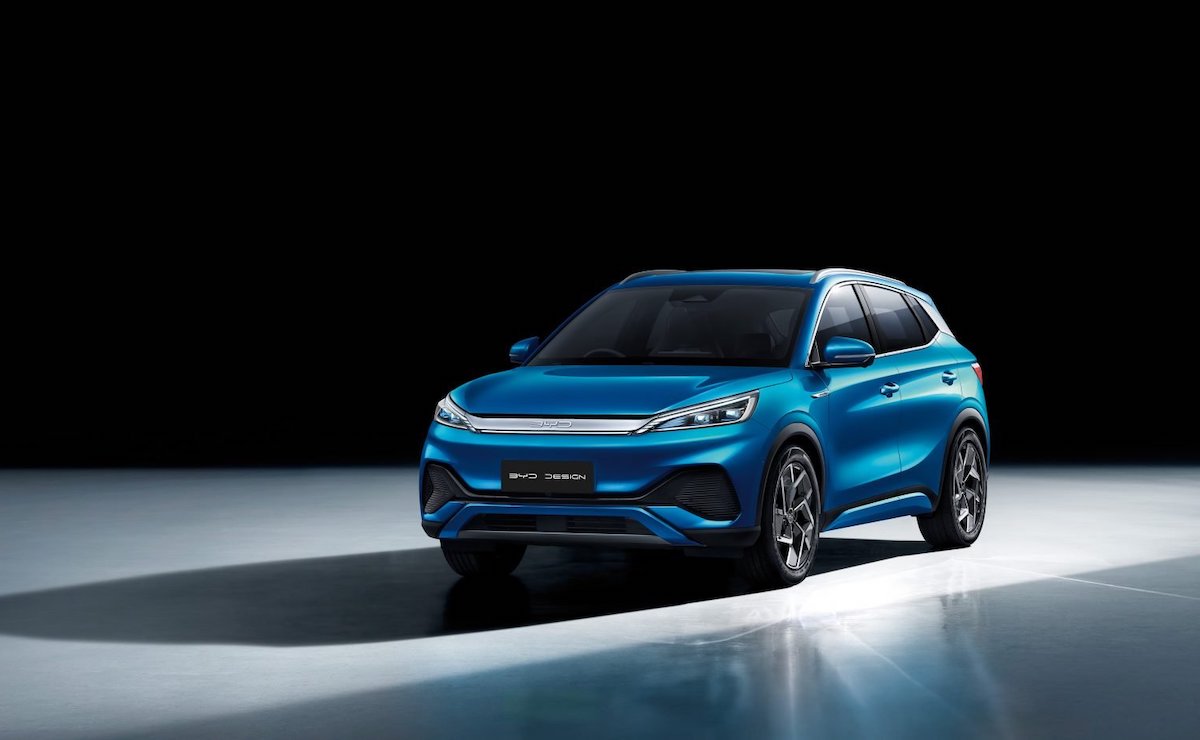Strictly speaking, BYD, founded in 1995, is hardly a "rising star". Nonetheless, starting out as a battery manufacturer, it did not make cars until 2005, and it underwent a long period of ups and downs afterward. BYD resurged last year, and given its ambition and new energy R&D capabilities accrued over many years, we have no doubt it deserves to be called an rising superstar. Although known as a new energy carmaker, BYD were dominated by sales of ICE vehicles in the early days, or "cheap" ICE vehicles to be precise. After the 2010s, its annual sales swiftly rose to 500,000 vehicles, but then fell into a long period of ups and downs until 2020, when its annual sales even dropped to less than 400,000 vehicles, the rock bottom in 12 years. What enabled BYD to make a comeback in 2021, when its annual sales recorded an unprecedented high of 730,000 vehicles, and even maintain the momentum this year, with 500,000 vehicles sold in the first five months and 1.2 million vehicles forecasted for the whole year? I have compiled a few observations as follows…

- Self-sufficient vertical supply chain. BYD owns battery, hybrid power, semiconductor, vehicle control unit, and motor control unit technologies that have accumulated 20 years of experience in R&D and manufacturing, far surpassing traditional automakers that have entered this field during the last decade. Over the past two years, other automakers have been impacted by the disruption of the international division of labor because of the rampant pandemic, “unchained”supply chains of key components and rising raw material costs, but it is in this extraordinary period that BYD's self-sustaining system has made its mark.
- BYD's two main product lines, the e-Platform 3.0 and the DM-i hybrid engine, are the magic wand for its rising market share; and coupled with the high energy density of its proprietary blade type LFP battery and the Chinese market, where the national policy is to promote new energy, cometh the hour, cometh the man, BYD wins big. What's most impressive is that BYD is so determined in its new energy journey it even stopped producing fuel vehicles this March, rendering itself a 100% new energy vehicle brand. Let just say, is there any other traditional automaker could have had the guts to go from only one-fifth sales of new energy vehicles five years ago, to gradually abandoning four-fifths of ICE vehicles and going all in on new energy vehicles nowadays?
- The appeal of the blade type battery further boosts the market value of its car models. BYD, originally starting out with battery development, launched a unique blade type battery two years ago. Even its rival Tesla prepares to purchase and use the blade type battery at this moment. According to the global power battery sales ranking published this April, BYD, which ranked 4th last year, jumped to 2nd place, with its market share soaring from 7.3% to 15.9%, second only to CATL. Many favorable factors have propelled BYD's market capitalization to the third largest in the world, after Tesla and Toyota, and the propulsion persists.
BYD's rise is by no means serendipitous, but rather an amalgam of sufficient strength and the right timing to break out of a 10-year slump and ascend to the top. I believe BYD's feats will not end here; instead, BYD will aim to be the benchmark for Chinese car companies and then take the lead to compete with other major auto manufacturers in the world.